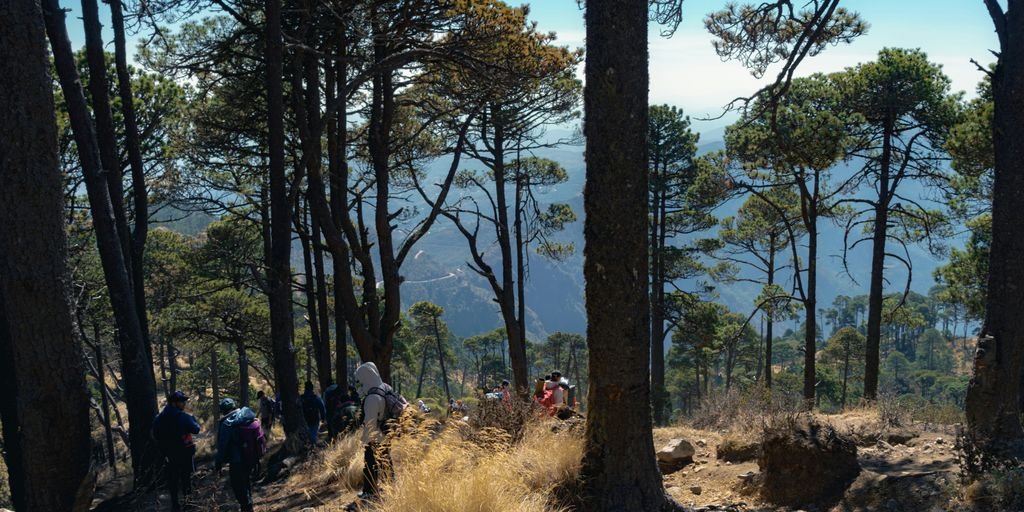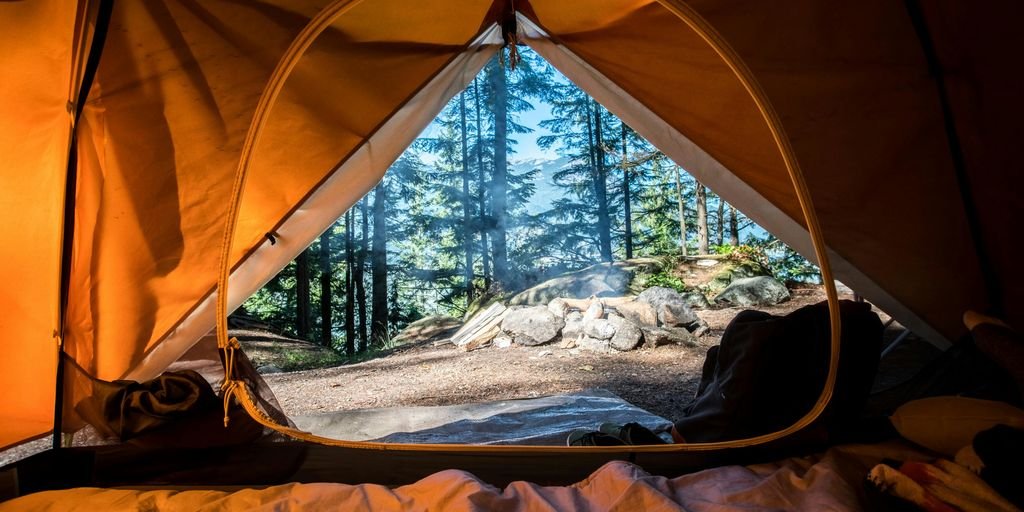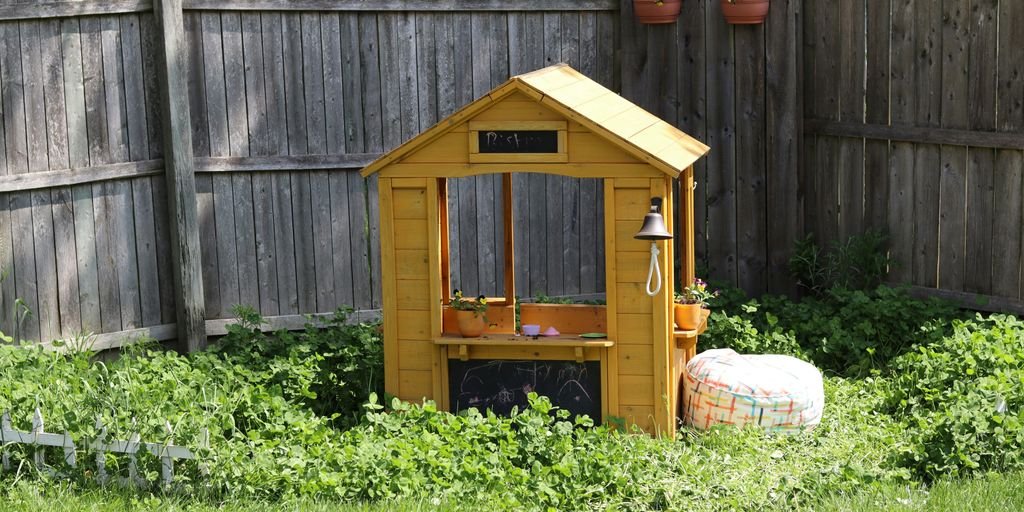If you’re planning an outdoor adventure, having the right gear is essential. Whether you’re hiking through the woods, camping under the stars, or biking on a mountain trail, the right equipment can make your experience safer and more enjoyable. Here are the top 10 must-have outdoor gear items to ensure you’re ready for your next adventure.
Key Takeaways
- A good backpack helps keep your gear organized and makes carrying it easier.
- Comfortable shoes are crucial for long hikes to prevent foot pain.
- A portable camping stove allows you to cook meals anywhere you go.
- Staying connected with a satellite communicator can be a lifesaver in emergencies.
- Having a personal water filter ensures you have safe drinking water on the trail.
1. High-Quality Backpack
A high-quality backpack is essential for any outdoor adventure. It not only provides ample storage for your gear but also ensures comfort during long hikes. When choosing a backpack, consider the following factors:
- Capacity: Backpacks come in various sizes, typically measured in liters. Smaller packs (15-30L) are great for day hikes, while medium (30-50L) and larger packs (50L and up) are better for overnight or extended trips.
- Fit and Comfort: A well-fitting backpack should distribute weight evenly across your body. Look for adjustable straps and padded back panels for added comfort.
- Hydration Compatibility: Staying hydrated is crucial. Many backpacks have built-in hydration sleeves for easy access to water.
- Multiple Compartments: Having several pockets helps keep your gear organized and accessible.
- Rain Cover: A rain cover can protect your belongings from unexpected weather.
- Weight: Choose a lightweight backpack to help maintain your stamina on the trail.
- Price: Set a budget and compare options to find a backpack that meets your needs without breaking the bank.
A good backpack can make your outdoor experience much more enjoyable and organized.
For those looking for the best backpacking backpacks of 2024, there are many options available that have been tested for durability and comfort. Make sure to choose one that fits your specific adventure needs!
2. Comfortable Footwear
When it comes to hiking, having the right footwear is crucial. Comfortable footwear can make a big difference in your outdoor experience. You want shoes or boots that are lightweight, provide good traction, and support your feet well. Here are some key points to consider:
- Types of Footwear: Choose between hiking boots, trail runners, or sandals based on your adventure type. Hiking boots offer more support, while trail runners are lighter and more flexible.
- Fit and Comfort: Make sure your footwear fits well. A good fit helps prevent blisters and discomfort. Consider trying on boots with the socks you plan to wear on your hikes.
- Breaking Them In: Before hitting the trails, break in your new boots. Start by wearing them indoors, then take short walks to help them mold to your feet.
| Type of Footwear | Pros | Cons |
|---|---|---|
| Hiking Boots | Great support and traction | Heavier than other options |
| Trail Runners | Lightweight and flexible | Less ankle support |
| Hiking Sandals | Breathable and comfortable | Less protection for feet |
Comfortable footwear is essential for enjoying your outdoor adventures. Whether you’re hiking in warm or cold weather, these shoes will keep your feet comfortable while tackling the trails.
In summary, investing in a good pair of hiking boots or shoes is vital for a successful outdoor adventure. Make sure to choose wisely and prioritize comfort to enhance your experience!
3. Portable Camping Stove

When you’re out in the wild, having a portable camping stove can make cooking much easier. These stoves are designed to be lightweight and easy to carry, making them perfect for any adventure. They allow you to prepare hot meals quickly, which is essential after a long day of hiking or exploring.
Benefits of a Portable Camping Stove
- Convenience: You can cook meals anywhere, whether at a campsite or on a picnic.
- Efficiency: Many stoves heat up quickly, saving you time.
- Versatility: They can be used for boiling water, frying, or even grilling.
Popular Options
Here are some of the best camping stoves of 2024, tested and reviewed:
| Stove Model | Price | Features |
|---|---|---|
| Coleman RoadTrip 285 | $238 | Portable, three burners, easy to clean |
| Camp Chef Explorer 14 | $149.99 | Two burners, sturdy, great for car camping |
| Coleman 2-Burner Propane Stove | $52 | Lightweight, easy to use |
A portable camping stove is a must-have for anyone who enjoys cooking outdoors. It not only makes meal prep easier but also enhances your overall camping experience.
4. Satellite Communicator
When you’re out in the wild, staying connected can be a challenge. A satellite communicator is essential for safety and communication during your adventures. These devices allow you to send messages and even call for help when you’re far from cell service.
Key Features of Satellite Communicators
- Two-Way Messaging: Send and receive messages to and from friends or family.
- Emergency SOS: In case of an emergency, you can alert rescue services.
- Location Tracking: Share your location with loved ones for added safety.
| Device Name | Weight (oz) | Battery Life | Price ($) |
|---|---|---|---|
| Garmin inReach Mini 2 | 3.5 | 50 hours | 349.99 |
| Zoleo Satellite Device | 5.5 | 200 hours | 199.99 |
| Bivy Stick | 4.0 | 30 hours | 249.99 |
Having a satellite communicator can be a lifesaver in remote areas. It ensures you can reach out for help or let others know you’re safe, no matter where you are.
5. Personal Water Filter
When you’re out in nature, having access to clean water is essential. A personal water filter can help you drink safely from rivers, lakes, or even puddles. One of the top choices is the LifeStraw Personal Water Filter, which is lightweight and easy to carry. It removes bacteria and parasites, making water safe to drink.
Key Features of LifeStraw:
- Removes harmful bacteria and parasites
- Lightweight and portable
- Can filter up to 1,000 liters of water
Using a personal water filter is simple:
- Find a water source.
- Insert the filter into the water.
- Drink directly from the filter or fill a container.
Staying hydrated is crucial during outdoor adventures. A personal water filter ensures you can access clean water wherever you go.
In summary, a personal water filter is a must-have for any outdoor enthusiast. It provides peace of mind knowing you can safely hydrate, no matter where your adventure takes you. The LifeStraw is one of the best options available, offering reliability and ease of use for all your outdoor needs.
6. Hydration Pack
Staying hydrated is essential for any outdoor adventure. A hydration pack is a convenient way to carry water while keeping your hands free. These packs come with a built-in water reservoir and a tube for easy sipping. Here are some key benefits of using a hydration pack:
- Hands-free drinking: You can sip water without stopping to dig out a bottle.
- Lightweight: Most hydration packs are designed to be light and easy to carry.
- Storage: Many packs have extra pockets for snacks and gear.
When choosing a hydration pack, consider the following:
- Capacity: Make sure it holds enough water for your hike. Most packs range from 1.5 to 3 liters.
- Fit: Look for adjustable straps to ensure a snug fit.
- Material: Choose a durable, water-resistant material to protect your gear.
Here’s a quick comparison of some of the best hydration packs of 2024:
| Brand | Model | Capacity | Price |
|---|---|---|---|
| Osprey | Hydration Pack | 2.5L | $100 |
| CamelBak | Classic 2L | 2L | $60 |
| Gregory | Nano 18 | 1.5L | $79 |
| REI Co-op | Trail Hydration Pack | 3L | $90 |
A hydration pack is a smart choice for hikers who want to stay hydrated without the hassle of traditional water bottles.
In summary, a hydration pack is a must-have for your next adventure. It keeps you hydrated and allows you to focus on enjoying the great outdoors!
7. First Aid Kit
When heading outdoors, a first aid kit is essential for handling minor injuries and emergencies. Here’s a list of important items to include in your kit:
- Adhesive Bandages: Various sizes for small cuts and blisters.
- Gauze Pads and Rolls: Useful for larger wounds and stopping bleeding.
- Adhesive Tape: To secure gauze or bandages.
- Tweezers and Scissors: For removing splinters or cutting tape.
- Antiseptic Wipes: To clean wounds and prevent infection.
- Pain Relievers: Over-the-counter options like ibuprofen or acetaminophen.
- Personal Medications: Don’t forget any prescriptions you may need.
- First Aid Guide: A compact guide can help in emergencies.
Always customize your first aid kit to fit your specific needs and remember to replace any used or expired items before your next adventure.
For a more detailed look at the best first aid kits of 2024, check out our guide that tests top kits from brands like Adventure Medical Kits and Surviveware. Being prepared can make a big difference in your outdoor experience!
8. Weather-Appropriate Clothing
When planning your outdoor adventure, choosing the right clothing is essential. Layering is key to staying comfortable in changing weather conditions. Here’s a breakdown of what to consider:
1. Base Layers
Base layers are the first layer of clothing and should be made from moisture-wicking materials. Look for fabrics like polyester or merino wool, as they help keep you dry and warm. Avoid cotton, as it traps moisture and can lead to discomfort.
2. Mid-Layers
Mid-layers provide insulation. Fleece or down jackets are great options. These layers can be added or removed based on your activity level and the weather.
3. Outer Layers
Outer layers protect you from wind and rain. Choose waterproof or water-resistant jackets that are also breathable. Depending on the weather, you might need a lightweight windbreaker or a heavier hardshell jacket.
4. Hiking Pants or Shorts
Select hiking pants or shorts made from quick-drying materials like nylon or polyester. Pants with zip-off legs offer versatility for changing temperatures. For colder weather, consider wearing moisture-wicking leggings underneath.
5. Accessories
Don’t forget accessories like gloves, hats, and buffs. These items help keep your extremities warm and protected. A wide-brimmed hat is also useful for sunny days.
Summary Table
| Layer Type | Material Options | Purpose |
|---|---|---|
| Base Layer | Polyester, Merino Wool | Wicks moisture, keeps dry |
| Mid-Layer | Fleece, Down | Provides insulation |
| Outer Layer | Waterproof, Breathable Fabrics | Protects from elements |
| Hiking Pants/Shorts | Nylon, Polyester | Quick-drying, durable |
| Accessories | Wool, Synthetic | Insulation and protection |
By carefully selecting your clothing, you can manage your body temperature and stay comfortable during your adventures. Remember to pack layers that can adapt to various weather conditions!
9. Headlamp
Why You Need a Headlamp
A headlamp is an essential piece of gear for any outdoor adventure. It provides hands-free lighting, which is crucial when you need to navigate in the dark. Whether you’re hiking, camping, or just enjoying a night under the stars, a reliable headlamp can make all the difference.
Features to Look For
When choosing a headlamp, consider the following features:
- Brightness: Look for adjustable brightness settings to suit different activities.
- Battery Life: Longer battery life is essential for extended trips.
- Weight: A lightweight design is more comfortable for long wear.
- Water Resistance: Ensure it can withstand rain or splashes.
Top Headlamp Recommendation
One of the best options available is the Black Diamond Spot 400. This headlamp is known for its comfort and durability, making it perfect for late-night hikes and stargazing sessions. It offers powerful LED light and adjustable brightness settings, ensuring you have the right amount of light for any situation.
Conclusion
In summary, a headlamp is a must-have for your outdoor gear. It not only enhances safety but also allows you to enjoy your adventures to the fullest, even when the sun goes down. Don’t forget to pack one for your next trip!
10. Bear Spray
When heading into bear country, carrying bear spray is essential for your safety. This powerful deterrent can help protect you from potential bear encounters, making it a must-have for any outdoor adventure.
Why You Need Bear Spray
- Effective Deterrent: Bear spray has been shown to be effective in deterring aggressive bears in over 90% of encounters.
- Easy to Use: It can be deployed quickly and does not require special training.
- Non-Lethal: Unlike firearms, bear spray is designed to deter bears without causing permanent harm.
How to Use Bear Spray
- Know Your Environment: Be aware of the area you are in and the likelihood of bear encounters.
- Keep It Accessible: Store your bear spray in an easily reachable place, like a hip holster.
- Aim for the Bear’s Face: If a bear approaches, spray towards its face when it is within 30 feet.
- Use Short Bursts: A short burst of spray is usually enough to deter the bear.
- Back Away Slowly: After spraying, back away slowly while keeping an eye on the bear.
Carrying bear spray is not just about safety; it’s about respecting wildlife and ensuring a safe experience for everyone in the outdoors.
Conclusion
In summary, having the right outdoor gear is essential for a fun and safe adventure. From backpacks and shoes to clothing that suits the weather, these items can make a big difference. By packing these ten important pieces of equipment, you will be ready for your next hiking trip. Always remember that good planning is key to enjoying your time outside. Make sure to check our Camping Gear Checklist for a full list of what you might need for your next camping experience.
Frequently Asked Questions
What should I consider when choosing a hiking backpack?
When picking a hiking backpack, make sure it fits well, is comfortable, and has enough space for your gear. Look for one that distributes weight evenly to help you carry it easily.
How can I stay safe while hiking?
To stay safe on hikes, always tell someone where you’re going, carry a map or GPS, and pack a first aid kit. It’s also important to be aware of your surroundings and know your limits.
What type of shoes are best for hiking?
The best hiking shoes are lightweight, provide good grip, and offer support for your feet. Look for shoes or boots that are waterproof if you expect wet conditions.
How do I purify water while camping?
You can purify water using a personal water filter, boiling it, or using purification tablets. This helps ensure that you have safe drinking water during your trip.
What should I pack for a day hike?
For a day hike, pack water, snacks, a map, a first aid kit, and a light jacket. Also, consider bringing a flashlight and a multi-tool in case of emergencies.
Why is bear spray important for hiking?
Bear spray is important in areas where bears are present because it can help deter an aggressive bear. It’s a safety tool that can protect you if you encounter wildlife.



